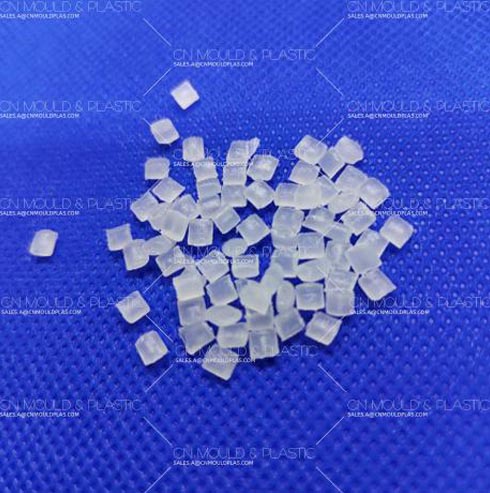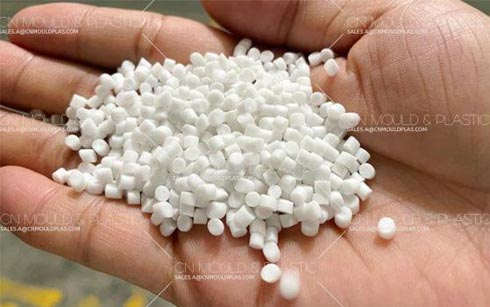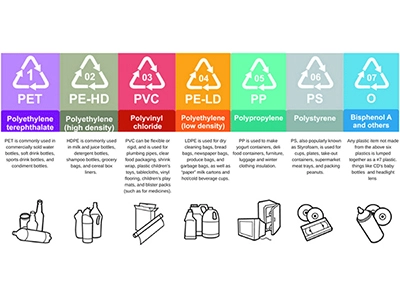Composite materials refer to a type of solid material made by combining two or more different materials with distinct properties through a specific processing method. Composite materials can improve or overcome the disadvantages of a single material, fully utilize its advantages, and achieve properties and functions that are difficult to obtain from a single material. There are many types of composite materials, which can be classified based on the type and shape of the reinforcing phase, such as particle-reinforced composites, laminated composites, and fiber-reinforced composites. Based on performance, they can be divided into structural composites and functional composites. Structural composites are used for making structural components, and various types have been developed. Among them, fiber-reinforced composites are the most widely used and rapidly developing. Functional composites refer to composite materials that have certain physical functions or effects.

Fiber-reinforced composites have the highest specific strength and specific modulus among all solid materials. For example, the specific strength of carbon fiber-reinforced epoxy resin composites is eight times that of steel. Therefore, they are particularly suitable for making high-speed components that require lightweight yet high strength and stiffness.
The interface between the matrix and the reinforcing fibers in composite materials effectively prevents the propagation of fatigue cracks. Moreover, the dividing action of the fibers on the matrix causes crack propagation to follow a more tortuous path, which increases the fatigue strength of the material.

The natural frequency of structural components is not only related to the mass and shape of the structure but also proportional to the square root of the material’s specific modulus. Since fiber-reinforced composites have a high specific modulus, their natural frequency is high, which helps avoid resonance under working conditions.
Most reinforcing fibers retain high strength at elevated temperatures. When used to reinforce metals and resins, they can significantly improve their high-temperature performance. For example, the elastic modulus of aluminum alloy drops significantly at 400°C, and its strength also decreases. However, after being reinforced with carbon fiber, the elastic modulus can remain virtually unchanged at this temperature.

In addition to the above properties, composite materials also exhibit good low friction, corrosion resistance, and processability. However, they have some drawbacks, such as anisotropy, lower transverse tensile strength, low interlaminar shear strength, low elongation, poor impact toughness, and high costs, which limit their current applications. Despite these drawbacks, composite materials are a new and unique class of engineering materials, offering broad prospects for development.

